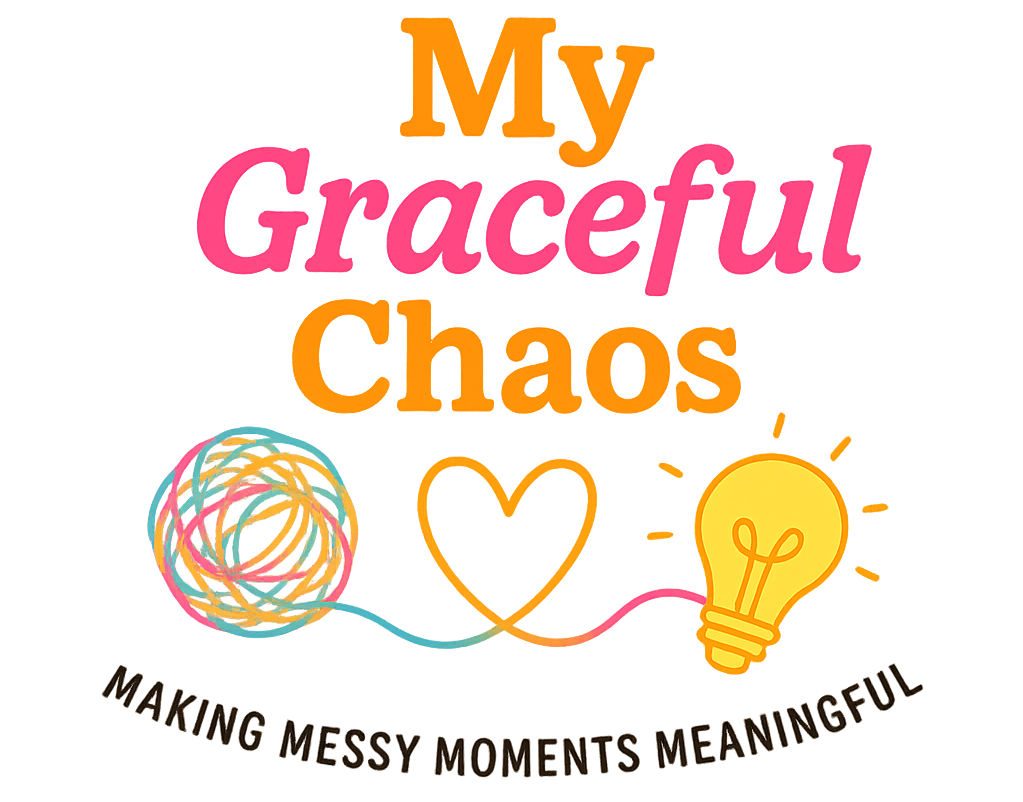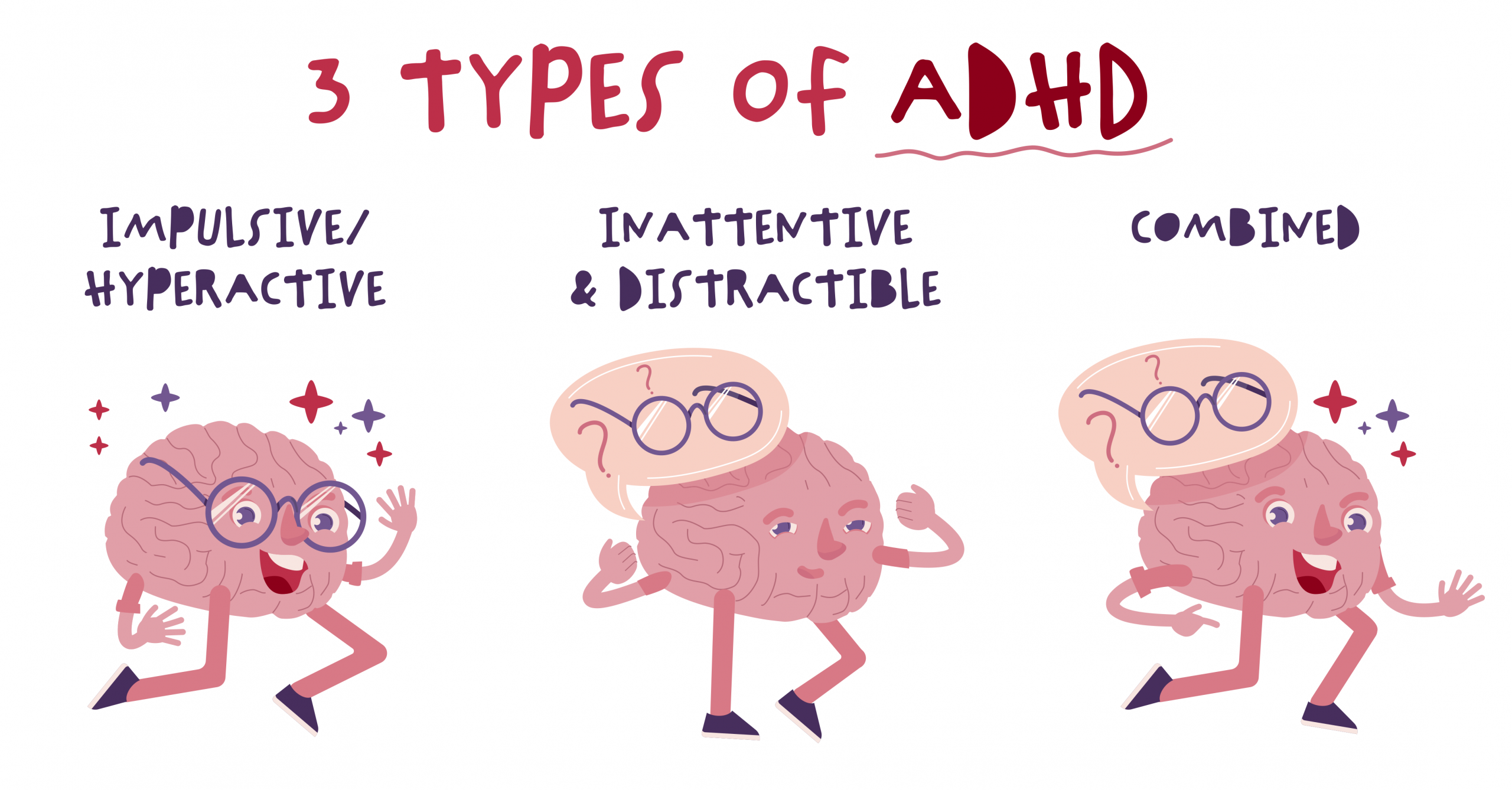Attention-Deficit/Hyperactivity Disorder (ADHD) doesn’t look the same in every child. In fact, there are three distinct types of ADHD that each come with their own unique patterns of behavior and support needs. Whether you’re a parent navigating a new diagnosis or a teacher supporting students in the classroom, understanding these differences is the first step toward providing meaningful help.
Predominantly Inattentive Type (formerly called ADD)
Children with this type often struggle quietly. They’re not usually disruptive, which can lead to them being overlooked.
Common Traits:
Frequently daydreams or appears “lost in thought”
Has difficulty following instructions or finishing tasks
Often forgetful or disorganized
Loses things (pencils, homework, lunchboxes)
Struggles to pay attention to details or stay focused
Support Strategies:
Break tasks into small, manageable steps
Use visual schedules or checklists
Offer frequent but gentle redirection
Pair verbal instructions with written ones
Provide quiet workspaces free from distractions
Predominantly Hyperactive-Impulsive Type
This is the type most people associate with ADHD — the child who seems constantly “on the go.”
Common Traits:
Fidgets, squirms, or can’t stay seated
Talks excessively or interrupts often
Acts without thinking
Has trouble waiting their turn
May take risks without considering safety
Support Strategies:
Incorporate frequent movement breaks
Use hands-on or kinesthetic learning activities
Set clear, consistent routines and expectations
Teach self-monitoring strategies (“Stop, Think, Do”)
Provide positive outlets for energy like classroom jobs
Combined Type (Inattentive + Hyperactive-Impulsive)
This is the most common type of ADHD, where children display significant symptoms of both inattention and hyperactivity/impulsivity.
Common Traits:
Shows signs from both categories above
Struggles with focus and self-regulation
May be academically behind due to missed details or incomplete work
Often labeled as disruptive, disorganized, or forgetful
Support Strategies:
Combine strategies from both inattentive and hyperactive types
Use individualized plans (like IEPs or 504 Plans) when possible
Focus on strengths and interests to build engagement
Practice emotional regulation techniques like deep breathing or mindfulness
Maintain strong home-school communication
Final Thoughts
No matter the type, ADHD is not a discipline problem or a character flaw. It’s a neurodevelopmental condition that requires understanding, patience, and the right tools. When we learn to meet these children where they are — and celebrate their strengths — we empower them to thrive.
These are my TOP 5 ADHD Support Tools
This post contains affiliate links, which meands I may earn a small commission at no extra cost to you.





